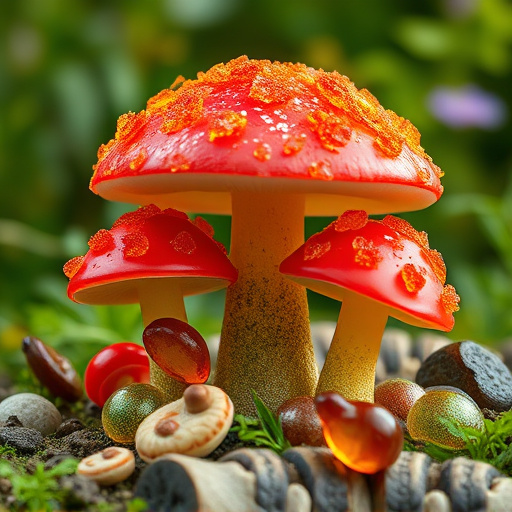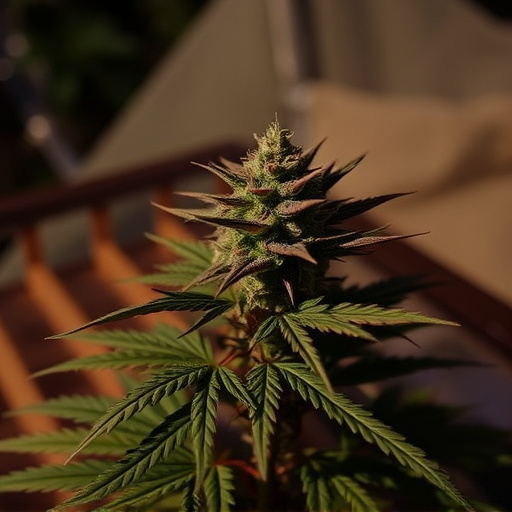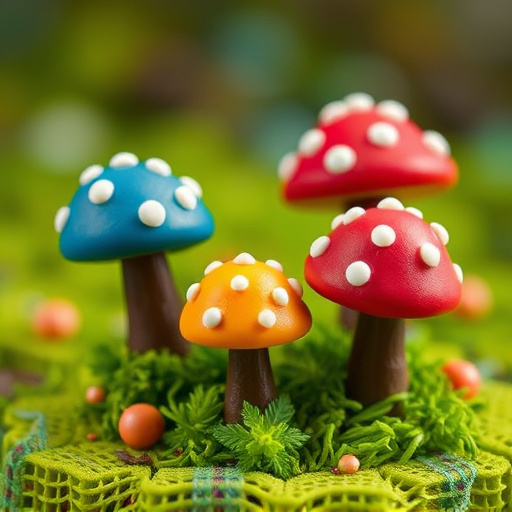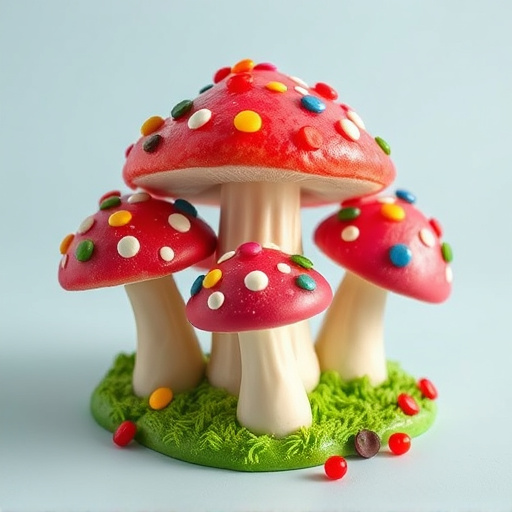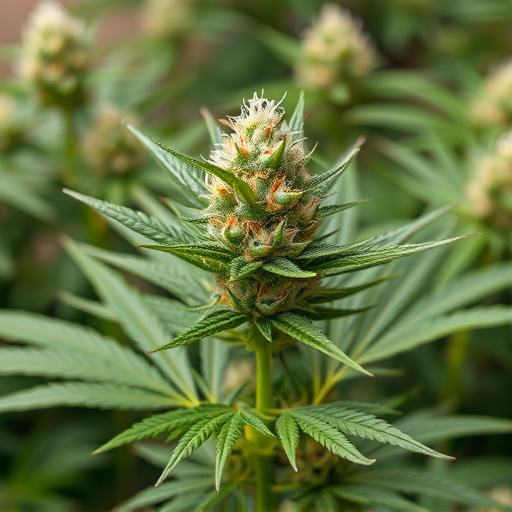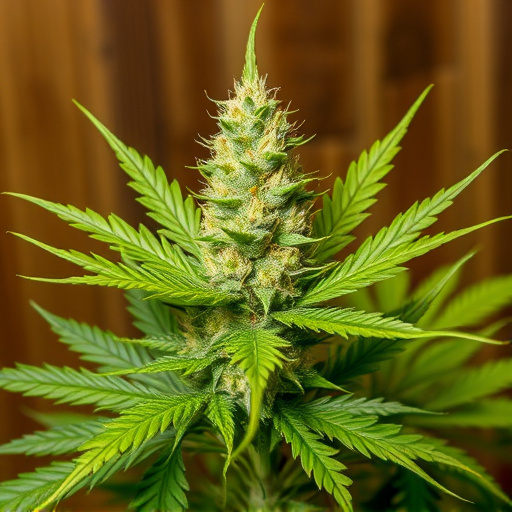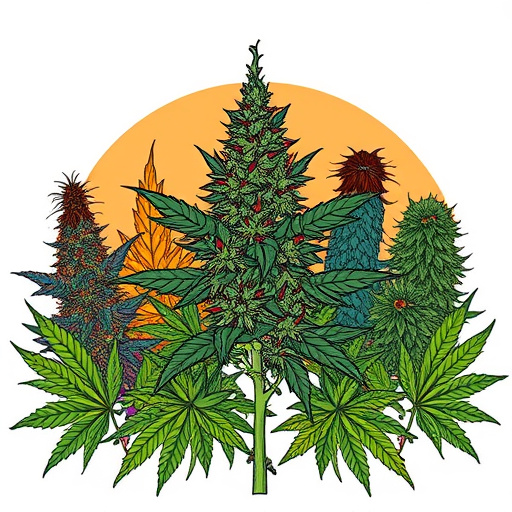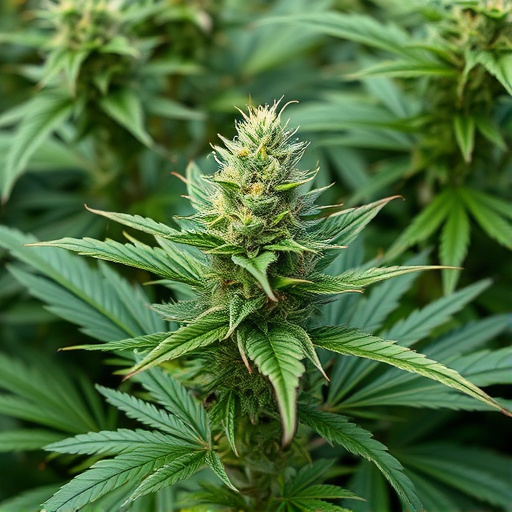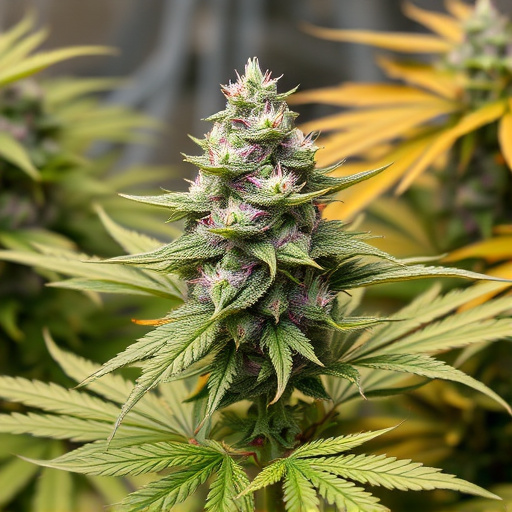Cannabis trichomes, microscopic glandular hairs on flowers and leaves, are vital for the unique characteristics and effects of original cannabis strains. They produce and store cannabinoids like THC and CBD, terpenes, and flavonoids, contributing to aroma, flavor, therapeutic properties, and plant protection. Trichome profiles vary among original strains, influencing their texture, visual appeal, and effects; this diversity aids cultivators in breeding specific strains with consistent quality and desired therapeutic benefits.
“Unveiling the enigmatic world of cannabis trichomes, these microscopic structures hold the key to understanding the plant’s unique characteristics and therapeutic potential. In this article, we explore the basic architecture of trichomes, their diverse compositions, and pivotal roles in protecting the cannabis plant. Furthermore, we delve into the fascinating aspect of original strains of cannabis, where varying trichome profiles contribute to distinct botanical signatures. Discover how these tiny elements shape the overall experience and effects of different cannabis varieties.”
- Understanding Cannabis Trichomes: The Basic Structure
- Trichome Composition and Their Role in Cannabis Plant Defense
- Original Strains of Cannabis: Unveiling Varietal Differences in Trichome Profiles
Understanding Cannabis Trichomes: The Basic Structure
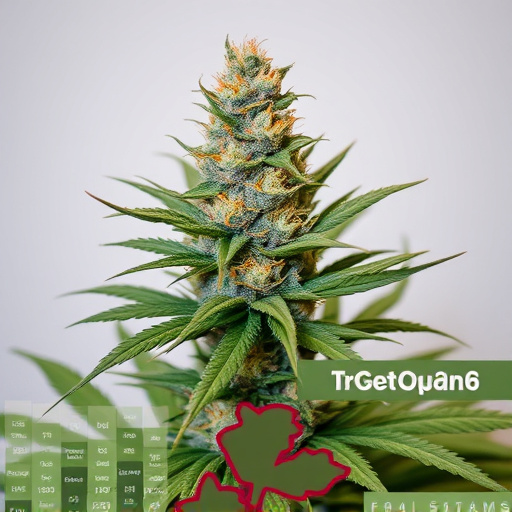
Cannabis trichomes are tiny, glandular hairs that cover the surface of cannabis flowers and leaves. They play a crucial role in the plant’s unique characteristics and effects. At their core, trichomes produce and store various compounds, including terpenes and cannabinoids, which are responsible for the distinct aromas, flavors, and therapeutic properties of different original strains of cannabis.
These microscopic structures come in various shapes and sizes, with some species boasting longer, more delicate hairs while others have shorter, denser clusters. The intricate network of trichomes gives cannabis flowers their sticky texture and contributes to the plant’s overall visual appeal. Understanding the basic structure of these glands offers a glimpse into the complex world of cannabis biology and enhances our appreciation for the diverse profiles found in original strains.
Trichome Composition and Their Role in Cannabis Plant Defense
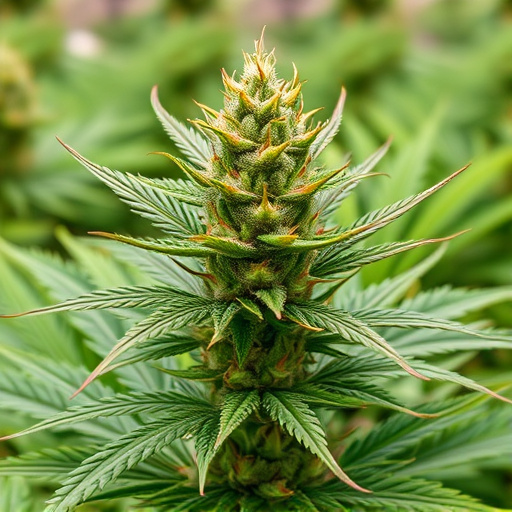
Trichomes are tiny, hair-like structures that cover the surface of cannabis plants, especially on the buds and leaves. They are composed primarily of a waxy substance called trichome resin, which contains a diverse range of chemical compounds, including cannabinoids like THC (tetrahydrocannabinol) and CBD (cannabidiol), as well as terpenes and flavonoids. These compounds play a crucial role in protecting the plant from various environmental threats.
In original strains of cannabis, trichomes serve as an effective defense mechanism against predators and pathogens. When triggered by potential harm, the plant produces a resinous exudate within the trichomes, which can deter insects and microbes. The sticky resin traps these intruders, preventing them from causing further damage to the plant. Moreover, the diverse chemical composition of trichome resin has been shown to have antimicrobial and antifungal properties, contributing to the overall resilience of the cannabis plant.
Original Strains of Cannabis: Unveiling Varietal Differences in Trichome Profiles
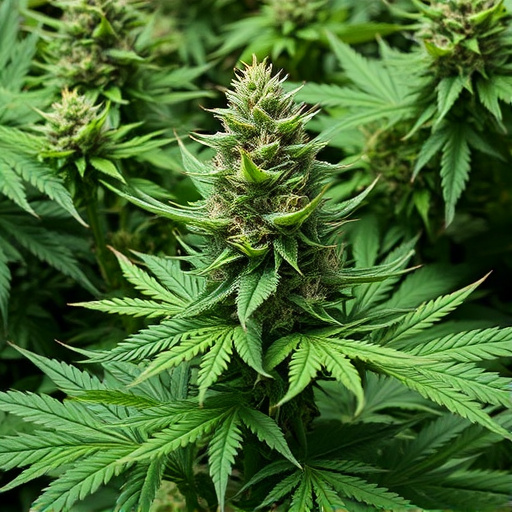
The original strains of cannabis have long been celebrated for their diverse and unique trichome profiles, which play a pivotal role in shaping the plant’s characteristics and effects. Trichomes are small, glandular hairs that cover the surface of cannabis flowers, producing a range of compounds including terpenes, flavonoids, and most notably, cannabinoids like THC and CBD. These compounds contribute to the distinct aromas, flavors, and therapeutic benefits associated with different cannabis varieties.
Each original strain possesses its own signature trichome composition, leading to varied experiences for consumers. For instance, strains known for their high THC content often exhibit a dense covering of resinous trichomes, while CBD-rich plants may have fewer but larger trichomes. The study of these trichome profiles allows cultivators to breed and select specific strains, ensuring consistent quality and desired effects.
Cannabis trichomes are a fascinating aspect of the cannabis plant, offering both defensive mechanisms and unique strain variations. By understanding their structure, composition, and role in plant defense, we gain insights into the diverse world of original strains of cannabis. These microscopic structures not only contribute to the plant’s resilience but also shape the distinct characteristics of different cannabis varieties, making them a key element in the ever-evolving landscape of cannabis cultivation and consumer experiences.



